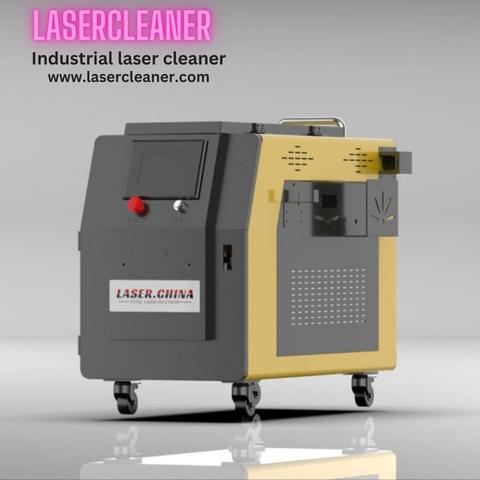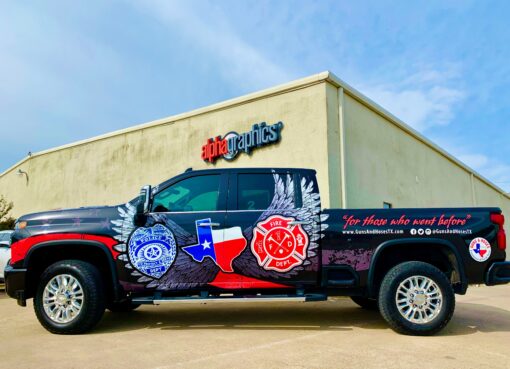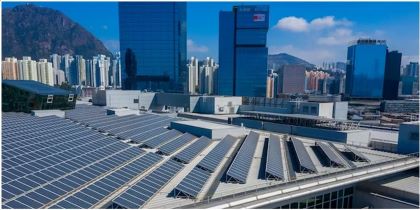Transforming Industrial Surface Cleaning with Laser Technology: The Future of Maintenance

What is an Industrial Laser Cleaner?
Table of Contents
ToggleAn industrial laser cleaner is a cutting-edge device that utilizes high-energy laser beams to remove contaminants, rust, oxides, paint, and other residues from a surface—without damaging the base material. It is a non-contact, eco-friendly solution that offers superior precision, lower maintenance, and reduced waste compared to traditional methods like sandblasting or chemical cleaning.
This technology is rapidly gaining traction in sectors such as automotive, aerospace, electronics, manufacturing, and metal fabrication, where cleanliness and precision are non-negotiable.
Why Industrial Laser Cleaning Is Gaining Momentum
Laser cleaning is not just a trend—it’s a technological leap. Here’s why:
-
Non-abrasive Process: No grinding, scratching, or scraping.
-
Chemical-Free: Zero toxic waste or solvents.
-
Minimal Downtime: Faster turnaround and real-time application.
-
Energy-Efficient: Optimized for industrial power consumption.
-
Micro-Level Precision: Ideal for intricate and sensitive surfaces.
How Does Laser Cleaning Work?
Industrial laser cleaners operate on the principle of laser ablation, where a focused laser beam heats the surface layer (rust, paint, grime) until it evaporates or is blown away by a gas assist. Here’s a simplified breakdown:
| Component | Function |
|---|---|
| Laser Source | Generates a beam (usually fiber laser) |
| Beam Delivery | Directs the laser to the target using optics |
| Control System | Allows operators to set power, frequency, and beam movement |
| Cooling System | Maintains optimal operating temperature |
This system ensures clean and safe surface preparation without leaving residue, dust clouds, or secondary pollutants.
Applications of Industrial Laser Cleaners
Automotive
-
Removing oxides from welds
-
Cleaning engine components and molds
Aerospace
-
Paint stripping on fuselage and components
-
Surface preparation before bonding
Electronics & Semiconductors
-
Decontamination of sensitive parts
-
Micro-cleaning for circuit boards
Historical Restoration
-
Gentle cleaning of stone, metals, and artifacts
-
Removal of graffiti and environmental staining
Manufacturing Plants
-
Cleaning conveyor systems
-
Removing machine oil, grease, and carbon deposits
Types of Laser Cleaning Systems
| Type | Use Case | Advantages |
|---|---|---|
| Handheld Laser | On-site cleaning, flexible applications | Portable, user-friendly |
| Automated Laser | Industrial lines, robotic integration | High throughput, consistent results |
| Pulsed Laser | Precision cleaning on delicate surfaces | Low thermal impact, high control |
| Continuous Laser | Heavy-duty removal on large surfaces | Fast, powerful, suitable for robust materials |
FAQs: Industrial Laser Cleaner
Q1: Does laser cleaning damage metal surfaces?
A: No. Industrial laser cleaners are engineered for selective removal, meaning they target contaminants only without affecting the underlying metal.
Q2: What materials can be cleaned with a laser?
A: Metals (steel, aluminum, copper), stone, glass, ceramics, and even painted surfaces—depending on the laser settings.
Q3: Is laser cleaning safe for the environment?
A: Absolutely. It eliminates the need for hazardous chemicals and drastically reduces waste, supporting sustainability goals.
Q4: What’s the typical lifespan of a laser cleaner?
A: High-quality systems can last 100,000+ hours with minimal maintenance, making them a long-term asset.
Q5: How much training is required to operate one?
A: Most systems are plug-and-play with intuitive controls. Basic training (a few hours to a day) is typically sufficient.
Laser Cleaning vs Traditional Methods
| Feature | Laser Cleaning | Sandblasting/Chemicals |
|---|---|---|
| Abrasiveness | Non-abrasive | High |
| Chemical Use | None | Significant |
| Operational Downtime | Low | High |
| Waste Generation | Minimal | High |
| Surface Integrity | Preserved | Risk of damage |
| Precision | Very High | Low to Medium |
Key Buying Considerations
Before choosing an industrial laser cleaner, consider the following:
-
Power Range (Wattage): 50W–2000W, depending on the task.
-
Cooling Method: Air vs. water cooling.
-
Automation Capability: Manual vs. robotic integration.
-
Maintenance Requirements: Look for sealed optics and filter systems.
-
Certification: Ensure compliance with ISO and CE standards.
Final Thought
The industrial laser cleaner is not just a replacement—it’s an upgrade. As industries aim for efficiency, sustainability, and cost-effectiveness, laser technology delivers on all fronts. Whether you’re removing rust from machinery or prepping aircraft components, this tool meets today’s industrial demands with future-ready innovation.






Leave a Comment